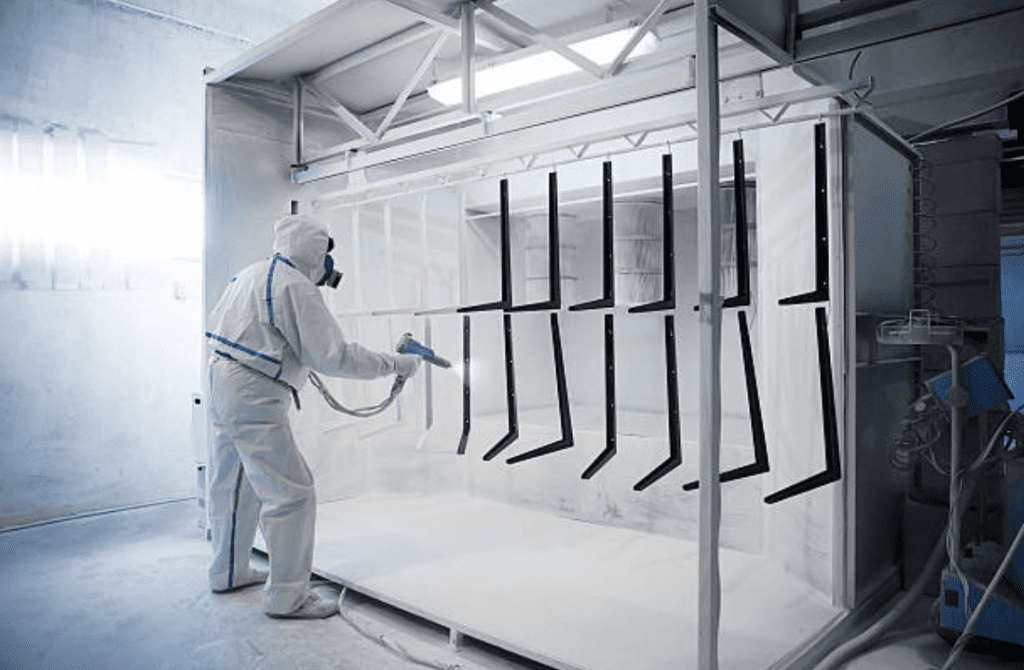
Why Do Powder and Liquid Coatings Fail?
7 tips for coating durability and longevity.
One thing that’s important to remember… industrial coatings are paint. That means they are probably going to come off, eventually. Nevertheless, you want every powder and liquid coating to last for a long time—and look good for a long time.
Applying industrial coatings is an involved, multi-step process, but there are critical steps you can take to prevent premature coating failure. For one, pretreatment is always key. But what does thorough pretreatment really mean? Here we review seven tips that will help you consistently produce coatings that last.
1. Inspect Before Cleaning
Inspect all surfaces closely and carefully for cracks, defects, or deterioration. Never spray over rust. Also note potential problem areas in cleaning, pretreating, and coating to avoid issues later. Then clean all the surfaces thoroughly so that they are free from all oils and grease.
2. Check the Water
Test the purity of your water system by titration. Pure water makes thorough cleaning possible. Also make sure to hang parts in a way to achieve a full, complete wash and rinse, and check that the washing sprayers are angled properly to hit every area of your parts.
3. Avoid Pretreatment Shortcuts
Pretreatment usually means sandblasting or using a chemical conversion treatment, or both. Sandblasting is often done with aluminum oxide, steel shot, or garnet. Never take shortcuts in creating the surface profile. Chemical conversion treatments are usually either zirconium, iron phosphate, or zinc phosphate.
4. Use Trained Applicators
Trained applicators will help you combat issues before they become issues. They will also help you reduce wasted coatings and materials. Untrained operators often make costly personal judgments or decisions, such as being afraid of putting too much coating on a part, which can cause premature coating failure.
5. Check the Specs
Always follow manufacturer’s coating material recommendations closely. Proper mixing procedures and viscosity levels should be adhered to. You can always test new batches of coating material on flat panels to see if they are applying correctly and performing optimally.
6. Double-check your Setup
Make sure you have proper ventilation and airflow. Consider all the intricacies of the geometry of the parts you are coating. Then confirm that your spray gun can handle the job. Operators should know how to adjust guns for every kind of job, and even be knowledgeable enough to adjust guns in the middle of a job.
7. Cure Properly
Many coatings will fail if not cured or baked at the proper temperature and for the proper length of time. Check your ovens with a calibration device or a data recorder. Preheat parts if you’re going for higher mil thicknesses or applying more layers. And if you’re going to err in one direction, cure for longer than recommended.
And it bears repeating: Well-trained applicators are worth their weight in gold. We have many experts here at Crest Coating with decades of experience, and we pull knowledge from many different areas. Tell us how we can help you get started today.